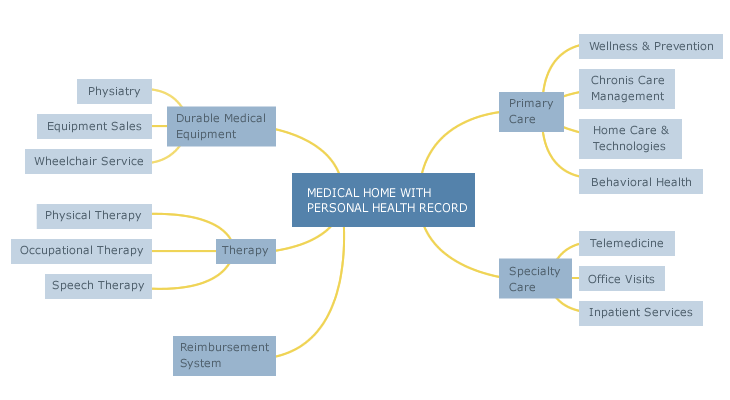Navigating America’s health system can be a challenge for the most active, able-bodied among us. While our health system’s capabilities are extraordinary, the system leaves even the most sophisticated consumers bewildered. For people living with physical, cognitive and developmental disabilities, the experience can be especially frustrating, traumatic and, in some cases, life-threatening.
People living with disabilities (also known as consumers) often live with complex chronic health conditions and have a greater need for care than most. Unfortunately, health services are often very difficult for them to access and use. Some of the barriers to high-quality, efficiently delivered care include:
- The 18” distance from a wheelchair up to an exam table can be an Everest-like climb for a person with quadriplegia. Unfortunately, barrier-free offices and equipment such as accessible exam tables, scales and imaging equipment are rare. Moreover, consumers report that office staff often are unable—or unwilling—to assist with transfers from wheelchair to exam table.
- People with disabilities can be a bit scary if you don’t have the experience to know what truly lovely people they are. As a result, healthcare professionals and office staff often feel ill-prepared to care for them and may have fears and attitudes that prevent them from giving (or being willing to give) appropriate care. This issue is exacerbated when caregivers must make extra time and extra office resources available to care for the disabled individual yet receive no greater reimbursement for their time and effort.
- Can you imagine having a 4+ hour journey for a 15-minute appointment? Now can you imagine not having the right test results available or having to reschedule for another specialist? That is a common occurrence for people with disabilities who depend on para-transit each day. For people with complex conditions, and especially those with disabilities, the lack of coordination can be devastating and life-threatening when information about medical histories, treatment plans and prescriptions is not available. This issue becomes even more critical when the consumer is unable to communicate for himself or herself adequately.



